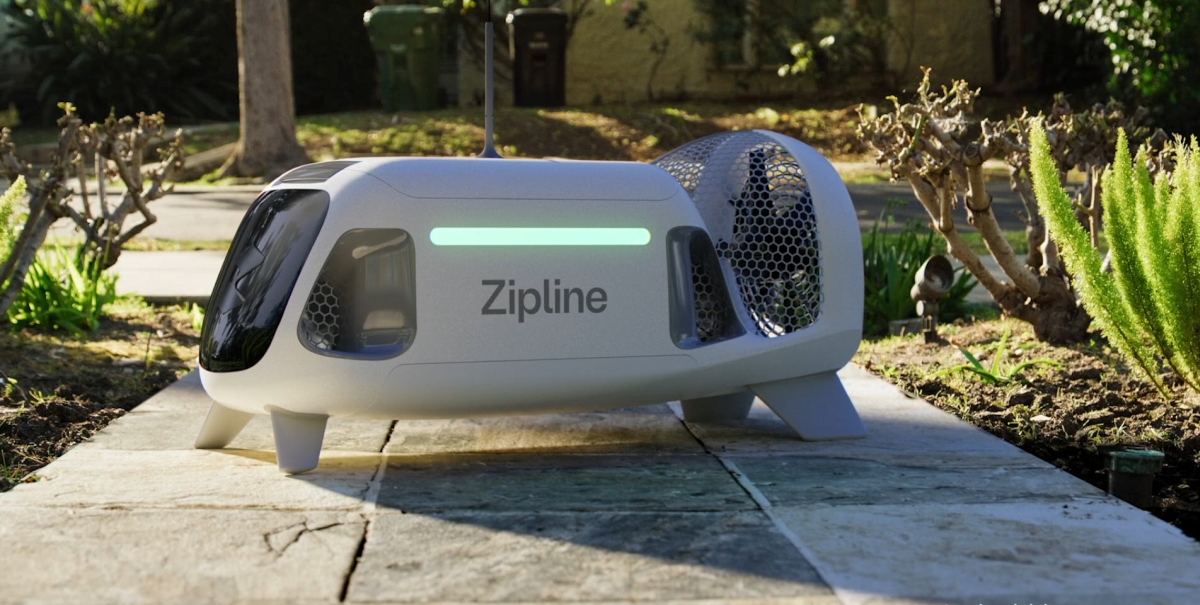There is an ongoing debate within the trucking industry regarding whether a closed or open approach to technology delivers the greatest value for truck fleet operators. While some may argue that systems work together best when they are designed to function under the same technology standards, many truck fleets have seen huge benefits from using an open approach to connected vehicle services—beginning with telematics data and the advanced analytics such data makes possible.
Improved Uptime
Uptime—the ability to keep each truck on the road, fulfilling its mission day in and day out—is the key to a fleet’s productivity and profitability. And telematics—the near-real-time capture of vehicle health data through wireless connectivity—can play a critical role in helping fleets achieve improved uptime. This is particularly true when an open technology approach to telematics allows trucking companies to capture and integrate data from each and every truck in a fleet, regardless of make or model.
Open technology is especially helpful here because most fleets utilize a variety of truck makes, each with a specific telematics service provider. If they are not able to integrate the disparate data from these multiple telematics systems, they can end up with an incomplete data picture and less-comprehensive diagnostic insights.
An open architecture approach to telematics enables trucking companies to capture data from the entire fleet, then aggregate and analyze that data for predictive maintenance, so they can pinpoint and address vehicles’ health issues preemptively across their entire fleet. Such a proactive approach often enables truck maintainers to secure a “quick fix” to problems that otherwise could have been catastrophic, saving the truck operator valuable time and money. And by having visibility to the entire fleet, operators can more readily compare vehicle data, prioritize maintenance issues across multiple vehicles, and achieve optimal productivity and uptime across the board.
Enhanced Product Innovation
By providing a comprehensive look at vehicle health data, an open technology approach can also support more rapid product improvement and innovation. With connected technology, hunches about the most appropriate truck features for a given application can now be backed up with real-world, near-real-time data about the way in which each vehicle in a fleet is actually being used. And open architecture builds on this approach, enabling data from multiple vehicle components to be fed into a “stack” that facilitates whole-vehicle analytics and ultimately, the creation of products that are better tailored to customer needs.
Open architecture approaches to telematics also facilitate rapid adoption of new and advanced technologies, thanks to the potential they offer for accelerated product testing. Traditionally, commercial truck makers have placed large numbers of test models with customers, then waited 12 or even 18 months to find out how the trucks are performing. Now, however, equivalent insights can be generated with fewer vehicles, transmitting data in real time and thus delivering actionable insights in just a few weeks.
Increased Driver Satisfaction
Finally, the use of open architecture systems can simply make life easier for the person driving the truck—an individual who faces heavy demands each day, in a profession that is subject to rapid turnover.
To take just one example, open architecture approaches enable trucking companies to take fuller advantage of geolocation technology, capturing the whereabouts of each vehicle and the topographical factors pertaining to its location. This geolocation data can, in turn, facilitate optimal use of advanced driver assistance solutions such as predictive cruise control, which tells the truck what kind of terrain lies ahead, enabling it to automatically adjust its speed and throttle accordingly.
Options like these make drivers’ lives easier, improve their productivity and reduce the challenges that can lead to driver turnover. And having comprehensive insights from this data also positions each fleet to determine which technology solutions it needs to deploy, and where.
Looking ahead, as trucking fleets work to optimize their efficiency by capitalizing on big data, open architecture technology solutions are already bringing that goal much closer. An open architecture approach to telematics, ultimately leading to other connected vehicle solutions, can provide benefits to the fleet manager, the truck maintainer and the driver. By using an open architecture approach that addresses the needs of an entire fleet, truck makers can better secure the data and analytics essential to improving their products; fleet managers and truck maintainers can more readily improve uptime and enhance productivity; and drivers can enjoy an improved on-the-road experience.
About the Author
Terry Kline, Navistar’s CIO, is a 30-year veteran of the automotive and transportation industry, and has held a wide range of IT roles. Before assuming his current position, he was the Global Chief Information Officer for General Motors. Prior to his 12 years at GM, he spent 11 years with Navistar in multiple roles, including serving as director, Information Systems for Truck Engineering and Manufacturing at the company’s truck assembly plant in Springfield, Ohio.
Edited by
Ken Briodagh





